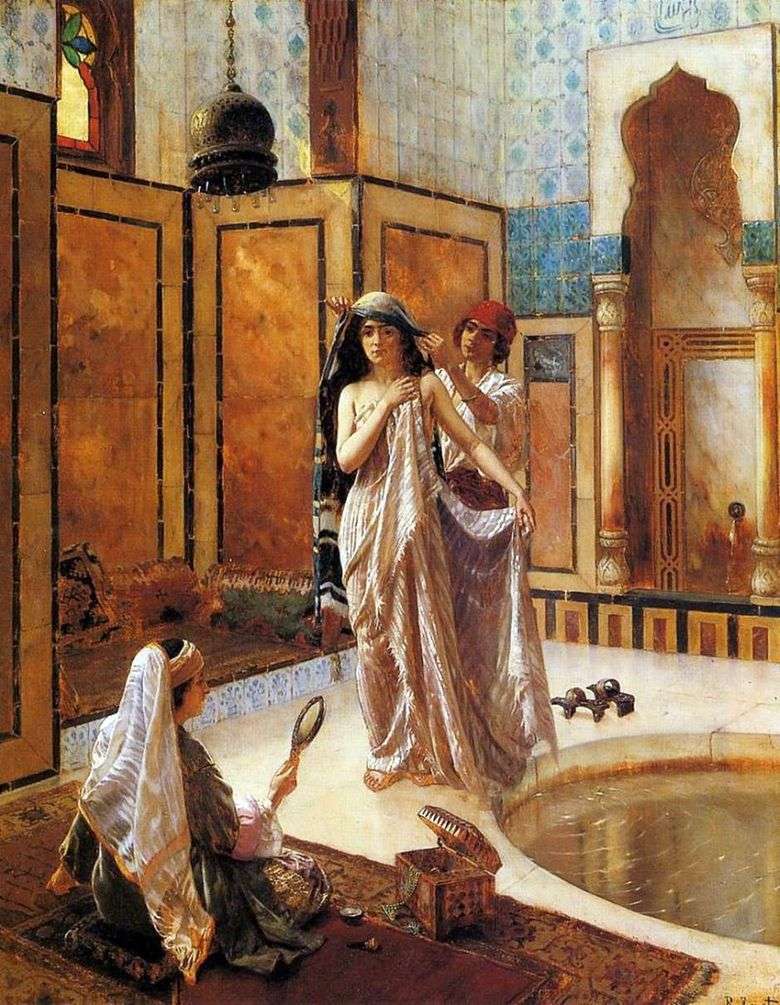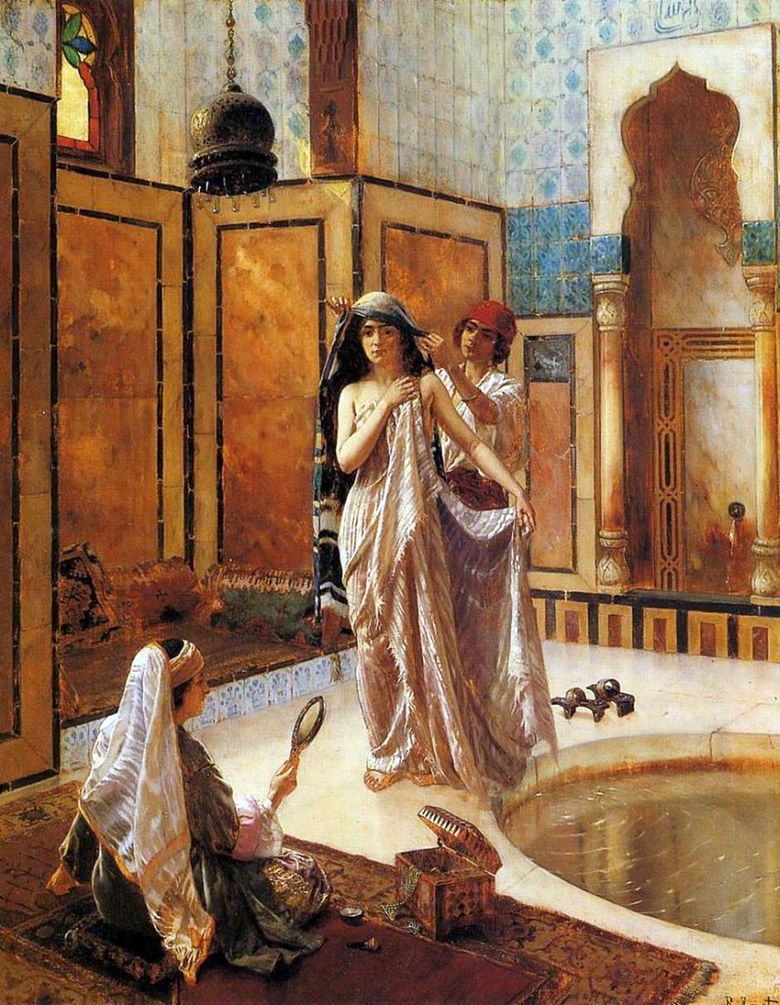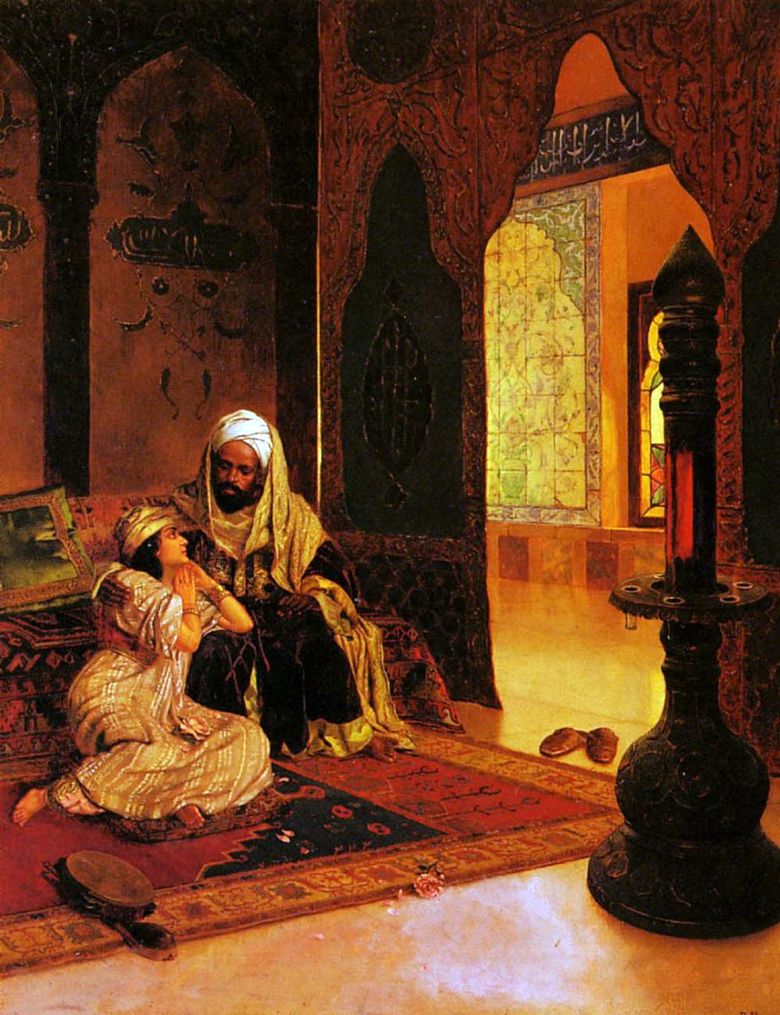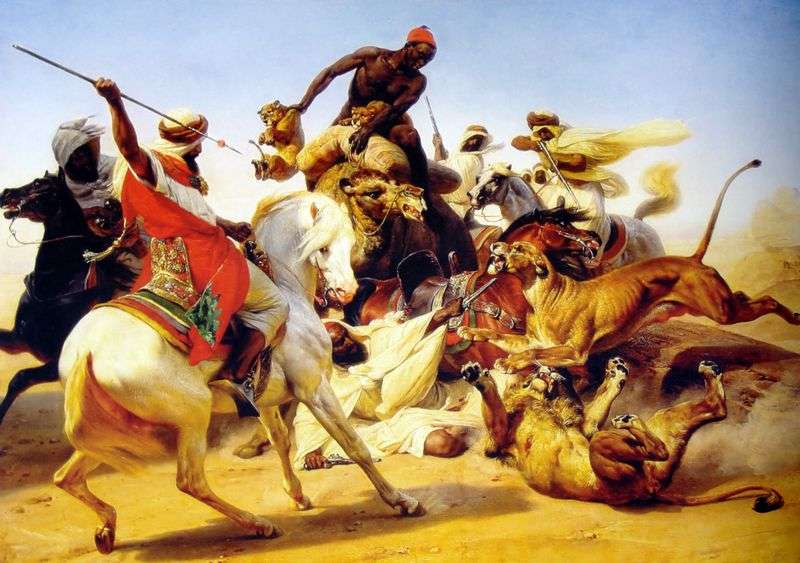
Irish doctor Richard Barter we owe the name “Turkish bath”. He is known as one of the active promoters of hydrotherapy. It was Barter who contributed to the widespread hamams in many European countries. Despite such an unambiguous name, with the very origin of the so-called. Turkish baths are much more complicated.
Strictly speaking, she was born in the era of Greek antiquity, approximately in the third millennium BC. er The ancestors of modern Europeans have already sought to maintain personal hygiene, for which they used special rooms that were heated. The process of ablution itself suggested a combination of hot and cold water. Numerous tourists visiting today Greece and its capital – Athens – can contemplate the remnants of the so-called. term
When Greece lost its political independence, falling under the rule of Macedonia, and then Rome, the tradition of public baths was not interrupted. On the contrary, the Romans did not perceive the Greeks as unimportant natives, they treated the Greek culture and language with respect, a lot of them perceived, assimilated and processed. The terms were also liked by the practical Romans. They became mass public buildings, which for a very modest fee could be visited by practically all free citizens. The terms have increased in size, they have been given additional functionality.
The sheer appearance of the luxurious exterior of the buildings reinforced the overall visual impression of them. The fame of the Roman terms spread throughout the then world. Each new emperor considered it his duty to keep his memory about himself by constructing the next term. Thus, Agrippa, Titus, Traian, Caracalla, Diocletian, Konstantin and others went down in history. Roman terms cannot be defined only as a bath complex. First, they organically fit into the general architectural ensemble of the city, decorated it. Secondly, attracted their accessibility.
Thirdly, the universality of the term contributed to the fact that it was possible to be there all day. Judge for yourself – one could indulge in in-depth reading, go in for sports, finally, just walk and reflect, discuss topical news. The Romans improved the principle of heating used in ter. Now the system of channels with heated air was located inside the walls or under the floor.
In the pools, it was possible to easily regulate the temperature of the water, heating or cooling it as needed. There were massage tables. It was practiced rubbing the body with the help of various kinds of incense and oil. This went on for several centuries. The Romans loved the terms. No wonder – after all, it was possible to rest there, and be treated, and just have fun spending free time. At the dawn of a new era, the Roman Empire broke up into Western and Eastern.
The western empire soon finally ceased to exist, fell under the onslaught of the barbarians, and the eastern, known as Byzantium, existed for more than a thousand years – longer than any other known empire in the history of human civilization. By the VII century, Arabs owned a large part of the world. They led a nomadic lifestyle, fought a lot, but also occasionally needed rest and treatment. Thus, the Roman terms were converted into hammams.
The general principle of heating has been preserved, even in some sense it has become easier. The constant cauldron in which water was boiling was located on the lowest tier of the Hammam, and sometimes behind the wall. Due to this hot air freely circulated both under the floor and in the walls. The temperature of the floor could reach 80 degrees. The floor itself could be specially watered with water so that the whole room would begin to wrap in thick and soft steam.
The Islamic religion favored the mass arrangement of the Hammams, because the righteous life, according to the dogma of the Prophet Muhammad, is not conceived without purity of thoughts and purity of the body. The Arab Caliphate existed until the tenth century. His successor was the Ottoman Empire. Independent states sprang up on its ruins. Turkey is one of them. There, Richard Barter and saw the hammams, and then shared his knowledge with the rest of Europeans. Since then, the popularity of Turkish baths has been steadily growing around the world.
 Baño en el harem – Rudolf Ernst Peierls
Baño en el harem – Rudolf Ernst Peierls Bain de harem – Rudolph Ernst Peierls
Bain de harem – Rudolph Ernst Peierls Turkish girl and Mauritanian bath by Jean Leon Jerome
Turkish girl and Mauritanian bath by Jean Leon Jerome Favorite harem by Rudolph Ernst Peierls
Favorite harem by Rudolph Ernst Peierls Turkish bath in the harem by Jean Leon Jerome
Turkish bath in the harem by Jean Leon Jerome Harem favorito – Rudolph Ernst Peierls
Harem favorito – Rudolph Ernst Peierls Le favori du harem – Rudolph Ernst Peierls
Le favori du harem – Rudolph Ernst Peierls Lion Hunting by Rudolf Ernst
Lion Hunting by Rudolf Ernst